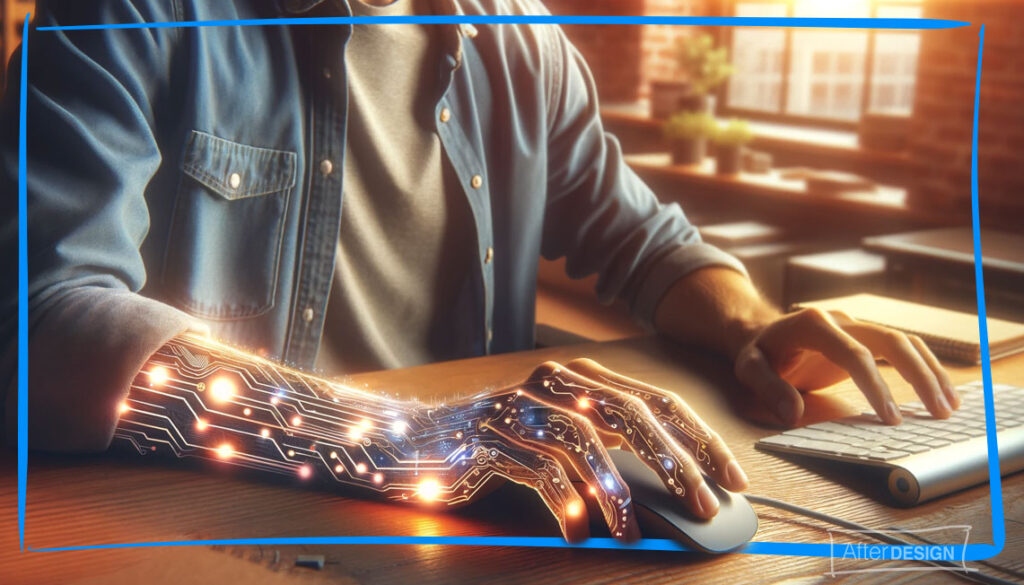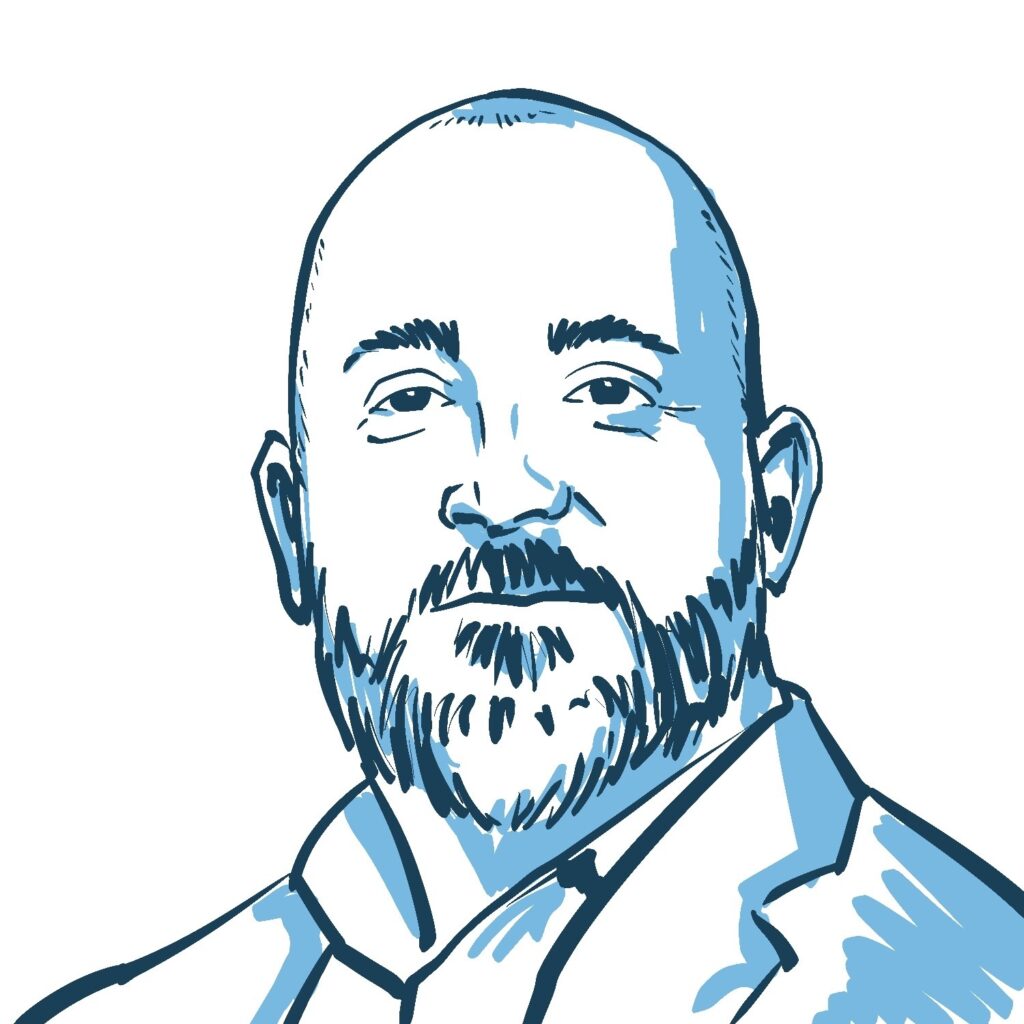The growth of AI technologies like ChatGPT has led to a surge in demand for AI-related skills across various industries. This demand is evident in the 21-fold increase in job postings on LinkedIn mentioning GPT or ChatGPT since last year. The roles in this burgeoning field are diverse, ranging from software developers to machine learning engineers, and even extending to unique niches like AI content editing and ChatGPT course instruction.
For designers and creatives, this shift presents both a challenge and an opportunity. The challenge lies in adapting to a rapidly evolving job market where AI proficiency is increasingly valued. However, the opportunity is in leveraging AI to enhance creativity and efficiency. For instance, graphic designers could use AI to automate routine aspects of their work, freeing up more time for creative exploration. Similarly, UX/UI designers might integrate AI tools to gain deeper insights into user behavior, leading to more intuitive and user-friendly designs.
Moreover, the rise of AI opens up entrepreneurial avenues. Creatives can develop AI-powered tools tailored to specific niches in the design industry, or offer consultancy services to businesses looking to integrate AI into their creative processes. The potential for innovation is vast, from AI-assisted design platforms to AI-driven market analysis tools that can predict design trends. I was working on an AI-powered tool to expedite the creation of a certain type of design before I was hit by the idea for After Design.
Now is the perfect time for designers and creatives to embrace AI. The technology is still in its relative infancy, meaning early adopters can shape its application in the creative industries. By acquiring AI skills now, creatives can position themselves at the forefront of this technological wave, not only securing their current roles but also paving the way for new career paths. This proactive approach is crucial in a landscape where technology evolves rapidly, and those who adapt quickly often reap the greatest rewards.
For designers and creatives, the rise of AI in the job market is a clarion call to innovate, adapt, and seize new opportunities. Whether it’s through upskilling, entrepreneurial ventures, or integrating AI into existing workflows, now is the time to act and ensure a competitive edge in the evolving landscape of design and creativity.
News at the Intersection of AI and Design
🍄 Generative AI: Why Experts Reject the Term ‘Hallucinate’
Exploring the intricacies of AI’s functionality, this article dives into why the term “hallucination” might not be the best descriptor for AI’s operation. Here’s the gist:
- Misconceptions of AI “Hallucinations”: Experts, including Usama Fayyad from Northeastern University, argue that referring to AI errors as “hallucinations” can mislead public understanding of AI. This term implies consciousness and intent, which AI lacks. Instead, these are just errors, similar to those in any predictive model, like economic forecasts.
- AI’s Reliance on Inputs and Human Oversight: The accuracy and behavior of AI models are highly dependent on the prompts they receive, leading to varied outputs. This necessitates a “human-in-the-loop” approach, where human oversight is essential to identify and correct AI errors, emphasizing the need for collaborative interaction between AI tools and human operators.
👨🏻🎨 Why this CEO believes AI will never replace creativity
Picsart CEO Hovhannes Avoyan shares his perspective on AI in the creative industry, emphasizing its role as an enhancer rather than a replacement for human creativity. Here’s what stands out:
- AI as a Creative Co-Pilot: Avoyan believes AI won’t replace creativity but will enhance it, making it easier for people to learn and execute creative tasks that previously required extensive training.
- Shifting Skills and Opportunities: With AI handling certain tasks, individuals and businesses can acquire marketable skills more easily and focus on macroscopic thinking and problem-solving, which are becoming increasingly vital.
- H/T to Jason Riggs
😴 Does Working With Robots Make Humans Slack Off?
This article from the Wall Street Journal delves into an intriguing study about how working with robots affects human attention to detail. Here’s a quick snapshot:
- Decreased Focus on Details: The study found that people working alongside robots tend to focus less on details compared to when they work alone, a phenomenon akin to ‘social loafing’ observed in human teams.
- Potential Risks in Critical Fields: This trend raises concerns in fields where precision is crucial, like medical imaging or aircraft navigation, suggesting that humans might become over-reliant on AI, leading to decreased vigilance.
Keep reading (subscription may be required)
Also, there was some noise around OpenAI this past week. If you missed it (which I doubt), I suggest following Kara Swisher on Threads for actual reporting. Or if you want baseless speculation, look at most other articles.
New Resources for you
In this video, Richie Etwaru delves into the complex and transformative nature of artificial intelligence (AI), drawing parallels between its impact and the debate surrounding nuclear fusion. He highlights the apprehensions and challenges executives face in adopting AI, stemming from its intricate neural networks and the uncertainty it brings. Richie predicts a shift in the perception of AI, moving from an enigmatic ‘black box’ to a more transparent and harmonious ‘open cube’, which would facilitate a better integration of different bits of intelligence.
The discussion also touches upon the profound changes AI is expected to bring in various aspects of society and industry.
Richie emphasizes AI’s role in amplifying advancements in fields like software, electronics, and even biology, while also foreseeing significant shifts in labor, learning, and liability. He points out the need for organizations to become more adaptable and principle-driven in this evolving landscape, capable of reinventing themselves to keep pace with AI’s rapid advancements.
One aspect I found really interesting was the explanation of how AI works. The basic concept of data taking different paths through different pathways helped clarify things for me.
Listening to people like Richie Etwaru, the Chief AI Officer at Mobeus, is valuable because of his extensive background and expertise in the field of AI. Having been a data scientist since the 90s, his insights are grounded in decades of experience and observation. As a leader in an AI-focused company, his perspectives are particularly relevant for understanding the strategic and practical implications of AI in modern business and society.
How can I help you?
If you want to learn more about what’s available, here are some links:
Thanks for reading!
-Jim
Want to join hundreds of other designers who are staying ahead of the coming AI wave?
Subscribe now to get the latest in AI and Design in your inbox each week.



